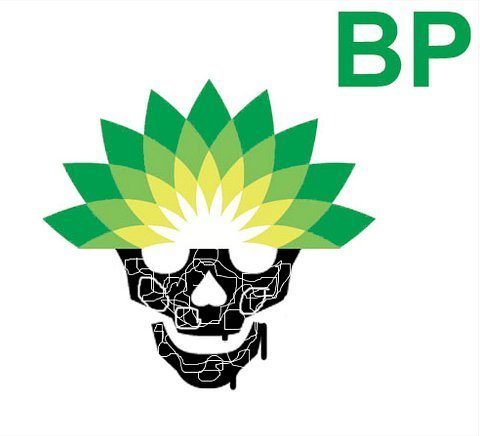-
Is biomimicry a “megacategory” of cleantech?
“We live in a competent universe, and we are surrounded by genius”: Janine Benyus on revealing what we should understand and on biomimicry. “Imagine spring, imagine organizing spring.”
Must-view video. See also AskNature.org
-
Please Do Touch: A Q&A with Miranda July – ARTINFO.com
Interesting semi-permanent art project, by Miranda July (who’s primarily a novelist):
QUOTE
…a new public art installation, the comparatively terse “Eleven Heavy Things,” organized by Deitch Projects, which opened late last week in New York’s Union Square Park. (The installation will remain in the park through October 3rd.) The sculptures, many of which revolve around a line of text written in July’s own hand, prod the viewer into audience interaction. “What I look like when I’m lying,” reads one, a white tablet through which the viewer can stick his head. A trio of pedestals — labeled ‘The Guilty One,’ ‘The Guiltier One,’ and ‘The Guiltiest One’ — asks participants to gauge (and flaunt) their general culpability. Three of the sculptures are wordless “headdresses,” decorative sculptures that July compares to the dialogue-free stretches of a movie: “The shapes are those parts of this piece.”
UNQUOTE
Posted from Diigo. The rest of my favorite links are here.
^ I could have sought out images in accord with the two links, above, but I opted for two brillliant BP Logo Redesign images instead, to underscore the message that Benyus and others send: we need to quit our addiction to conventional (fossil) fuels. Work like nature, use solar.
 .
.
{ 2 comments… read them below or add one }
I’m so old! I know that first reworked BP logo. It’s the south vietnamese police colonel assassinating a burglar (dressed up in the propaganda as a viet cong) in the street. I don’t know quite why, but I don’t think even BP deserves that.
Yeah, I picked that adaptation because the photo it’s based on is so iconic and still visceral.
.
It’s an odd combination (present-day BP disaster & Vietnam-era photo) on the one hand. On the other, I thought the designer latched on to something important: that photo seems to be the first instance of mainstream obscenity, and linking the obscene to what’s happening in the Gulf seemed somehow right.
.
What I mean by ‘mainstream obscenity’ goes something like this (and I’m kind of thinking out loud here, so this isn’t conclusive or “finished”!): I think this photo might be the first time that we saw an image in “respectable” mainstream media of a murder – a death – as it happens. Until then, people heard about pornographic films in which victims were actually “snuffed” out, but only sickos would seek out a snuff film (or produce one). Showing the act of murder was too much of a taboo, literally ob-scene. So for me, this photo marks a divide between what was unacceptable and what was acceptable to depict: it literally wrenched the goalposts into new territory.
.
The connection to BP might be that the current disaster, while it competes for First Place in the Hall of Shame (that is, other disasters have happened or are happening right now that compete for top prize), is going to do something similar: move the ob-scene into the scene/seen, and force us to deal with it. For years, environmental despoliation has been going on in Nigeria. For years, we’ve been burning these hydrocarbons and pumping the waste into the atmosphere – to the point where we’re now facing climate change that has potentially catastrophic consequences for us as a species. We’ve managed to cover these obscenities up, make them invisible. The BP disaster might change that, as Eddie Adam’s photo did.
{ 1 trackback }